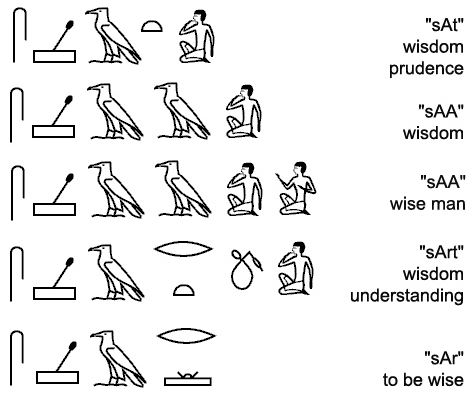
We have previously investigated the philosophical motivations that underpinned the mathematization of science during the early modern era, the drive provided by mathematical practitioners, and now we focus on a third element—the development of a mathematical toolkit that supplanted the supremacy of Euclidean geometry. In the medieval era, mathematics held a peripheral position in education, with minimal interaction with the Quadrivium—comprising arithmetic, geometry, music, and astronomy. This began to change in the 16th century, laying the foundation for a mathematical curriculum that would incorporate algebra, analytical geometry, trigonometry, and calculus by the 17th century.
The development of algebra can be traced back to ancient cultures such as those in Mesopotamia and India. The contributions of the Islamic mathematician Al-Khwarizmi gave birth to algebra, which reached Europe through various translations. Leonardo Pisano’s “Liber Abaci” had a significant impact on the use of algebra in trade. The academic transition commenced with the Cossist movement in Germany, as figures such as Christoff Rudolff and Gerolamo Cardano advanced algebra from mere commercial arithmetic to mathematical analysis.
Analytical geometry originated with René Descartes and Pierre de Fermat, although earlier Greek developments did not significantly shape its evolution. Descartes presented it in 1637, and it expanded its reach through Frans van Schooten’s translations, which introduced the Cartesian coordinate system.
Trigonometry, which has its roots in ancient astronomy, progressed thanks to the efforts of Regiomontanus, and was further refined with enhanced tables during the 17th century. Concurrently, John Napier’s creation of logarithms introduced a new dimension to mathematical calculation, elaborated upon in his works from 1614 and 1624.
The progression of calculus was characterized by a collective evolution that occurred before the time of Newton and Leibniz. Beginning with Archimedes, the method of exhaustion and indivisibles furthered developments, with pivotal contributions from Cavalieri, Torricelli, and others paving the way for its formal establishment.
By the conclusion of the 17th century, natural philosophers had access to a wide-ranging mathematical toolkit. Yet ironically, Newton’s groundbreaking “Philosophiæ Naturalis Principia Mathematica” depended exclusively on Euclidean geometry, despite Newton’s significant advancements in newer mathematical domains, highlighting the rich interplay of tradition and innovation during this period.